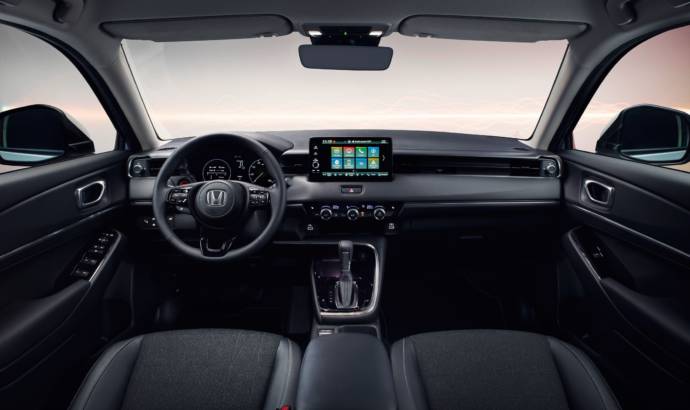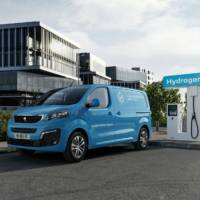Honda understood that in order to conquer the European customers, it had to introduce a more appealing interior. And is doing so with the introduction of the new HR-V.
The feature that may have the greatest impact on the overall interior environment for passengers is also the most subtle. The unique Air Diffusion System introduces a new concept of air conditioning, with L-shaped vents positioned in the top corners of the dashboard delivering the restorative effects of a natural breeze to all occupants.
A dial is provided to switch seamlessly between 3 modes – the normal outlet with forward-directed air flow, the Air Diffusion System which creates a new gentle flow of air, and close which shuts off the air. When the Air Diffusion System is selected, it discreetly directs a stream of soft ‘breeze’ like air along the side windows, brushing the cheeks of the front passengers. The air also travels to the roof, creating a gentle vortex of air that does not impact directly on passengers. The heat transmitted through the side windows in summer is blocked by an air curtain that forms around front and rear seat passengers, as is the cold air during winter. The rear seat passengers will also benefit from air via the rear console outlet. The combination of these features ensures a consistent internal temperature is maintained, in all weather conditions.
The premise of the HR-V’s interior design centres on the interaction between the occupant and the car, to fully integrate it within their everyday lives. This starts from the moment they enter the car to the minute they exit. Each element of interaction with the new HR-V is designed around an optimal user experience first.
Every interior design feature within the cockpit structure is dedicated to achieving a sense of spaciousness and airiness that connects occupants to the outside world. This begins with windows that are designed to admit as much light as possible, with the excellent outward visibility further aided by the flat line of the bonnet and clear sightlines that make it easy to accurately determine the vehicle’s position on the road.
To maintain the balance of premium SUV styling and exceptional interior space, Honda engineers packaged all hybrid drivetrain components within the chassis and engine bay, and positioned the fuel tank beneath the front seats. The origins of this approach are found in Honda’s ‘Man-Maximum, Machine-Minimum’ (M/M) development principle, which is based on the belief that the purpose of technology and design is to serve the needs of the driver and passengers.
This allowed the newly-developed rear seats to be positioned 30mm further to the rear, also giving an additional two degrees of recline compared to the previous generation HR-V. While head room is comparable to the class standard, the sedan-like seating position in the HR-V provides an additional 35mm legroom and shoulder space comparable to SUV’s a class above.
To further optimise comfort for front occupants, the all-new HR-V introduces body stabilising front seats featuring mat-structure support, replacing the previous spring set-up. This helps to prevent fatigue on long journeys and increase comfort in everyday use.



